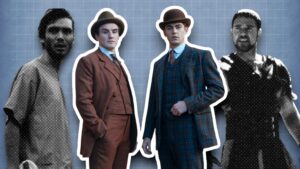A man sits behind the wheel of a black 2007 Audi A8. Stern-faced, yet oddly relaxed. He doesn’t have a name, at least not one he cares to answer to right now. It changes with the seasons, or rather, it changes with the passports. He peers into the rearview mirror, making sure the side streets are clear. Traffic is uncharacteristically light. But then again, traffic is usually light at 3 AM.
Another A8 pulls up, this one in white and a slightly older model. It stops a metre and a half behind him. The driver in the newly arrived vehicle nods. Go time. The black Audi creeps forward, heavier than your regular drive. In the boot, back seat, and passenger side are piles of cinder blocks and bricks. This entire operation hinges on being able to clear through the wall quickly and easily, so every last bit of momentum is necessary.
In about thirty seconds, the black A8 will breach a high-end Dubai mall, with the white A8 following closely behind. The number plates will be captured via CCTV before local law enforcement and INTERPOL plaster the details on every APB from here to Monaco. But it’s no matter for our daring thieves. The cars were stolen, anyways.

The next morning the news reports eight men – generically labelled Eastern-European. They’re from Bosnia. They’re from Croatia. They’re from Montenegro. They’re from Serbia. Who knows. They might have had military backgrounds. Given the surgical precision and air-tight efficiency they operated with, it’s more than likely they had military backgrounds. One thing is for certain, though. They knew what they were doing, they kept it simple, and they made it out with £8 million (~AU$14 million) worth of stolen watches and luxury items from Graffs. The Dubai job, however, pales in comparison to some of their other takes.
These are ‘The Pink Panthers‘.
And while their name finds its roots from fiction, these guys are legit. Funnily enough, their exploits and mythology also sound as if it were ripped straight out of fiction. But I assure you, they are very real and they are still at large.
Here’s how they’ve pulled it off for so long.
[Dis]organised crime, flexible enterprise
It comes to no surprise that a criminal enterprise so versatile, so elusive, and shrouded in mystery would operate in a flexible dynamic. In fact, the word “structure” is giving it too much credit – it’s closer to several independent splinter cells working under a single moniker. From what has been deduced, beyond a founding member, they do not appear to have an explicit, unifying hierarchy nor discernible overarching leadership.
“… these people were a part of the military and when the country broke up they became Ronin, like the Samurai. They don’t have a master. No leader. No head and no tail…” [Ferranti 2016]
Fundamental questions on this subject remain unanswered, with a strong possibility that senior members of the organisation do not cooperate with one another, as they themselves know nothing of such titles. Whatever titles there are have been forcefully thrust upon them by law enforcement.
Each independent splinter cell follows a nominated “ringleader”, allowing for greater manoeuvrability and preventing any potential collapses of a tangible structure. You can’t fight what you can’t get ahold of. Sometimes the cell leaders will have a deputy, as in the case of Dragan Mikić and Boban Stojkovic during the Courchevel robbery. But again, positions are generally limited to a job-to-job basis.
This has proven to be an effective contingency strategy, with both domestic and international authorities struggling to firmly get a grasp on any limb of the organisation’s structure. Throw in a string of copycat offenders blurring unaffiliated acts into the vast pre-existing mythology of “The Pink Panthers” and all pure intelligence is diluted.
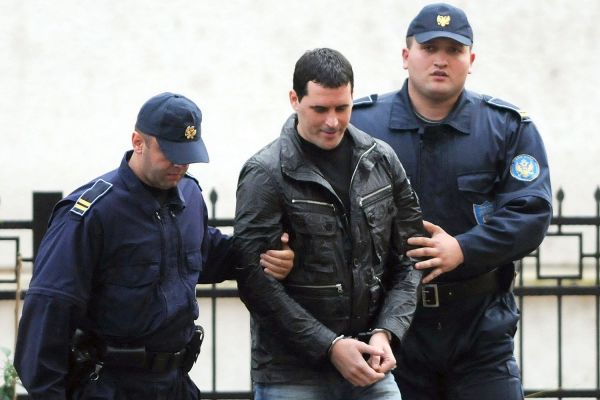
A few bad men… good at what they do
“They’re from Bosnia. They’re from Croatia. They’re from Montenegro. They’re from Serbia.”
Much of the exact details regarding “The Pink Panthers” still remains unclear. All that we know for certain is that they were founded by Dragan Mikić, who has evaded authorities on numerous occasions, including a prison escape in 2005, and that they have been publicly active since 1993.
Since then, those encountered by law enforcement acting under the moniker have been found to be exclusively Serbs, many with a military background, violent pasts, linguistic skills, and access to multiple passports – oftentimes under numerous aliases. While the ties between individuals are not exclusively familial, many are cousins or close friends. Prosecutors such as Gilbert Lafaye have found that along with technical field proficiency, members of “The Pink Panthers” appear to be remarkably intelligent, “and not to be underestimated”. These aren’t your everyday goons and hired muscle.

There is a considerable haze of confusion surrounding the organisation’s exact identity, however. After the 2003 Graff heist in which the Pink Panthers paid homage to the film series by concealing a diamond worth £500,000 in face cream, British and Parisian detectives linked this job and twenty similar occurrences around their jurisdiction to “… well-dressed criminals with strong European accents”. The conclusion soon after was that due to the perpetrators appearing consistently well-dressed and speaking in a native inflexion shared by a specific corner of the world, that they must all belong to “The Pink Panthers”.
There is no conclusive evidence that the heists committed by “The Pink Panthers” are centrally planned, coordinated, or financed from INTERPOL’s hypothesised seat of power in Belgrade (Serbia), Italy, and Montenegro; or if they’re even planned, coordinated, or financed at all. Linking back to the previously mentioned point of umbrella labelling, it has also been suspected that their influence and reach is widely exaggerated as a result of those who imitate their methods, doubtless that professional thieves specialising in jewellery heists would endeavour to familiarise themselves with the techniques of others. This may also be perceived as a strategic move to achieve personal anonymity by sacrificing their own markers and identifiers.
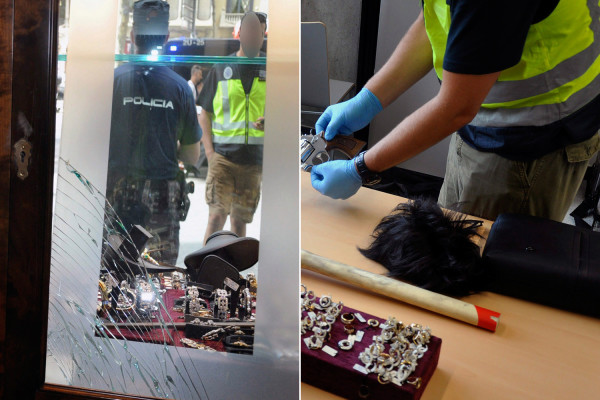
Keep it simple, keep it tight
Every additional element is another opportunity where things could go wrong. Which is why “The Pink Panthers” have limited the variables by generally keeping things as simple as possible. Smash and grab with a weighted car as a battery ram and a secondary vehicle to escape. Dress up in ridiculous disguises, as old men, cartoonish tourists, or women and then get the hell out of dodge in a well-positioned getaway car. Or even hide the stolen gems in a tub of face cream where no one would think to look – the first of their high profile offences and the one that earned them global infamy.
Thus the philosophy becomes clear: get in, get out, no cowboy business. The key has been to avoid all unnecessary contact with anyone that isn’t vital to the success of the given heists. Controlled interactions with civilians, avoid lasting harm. Which is exactly why they’ve also been known to play on the basic logic of everyday people; put wet paint signs up on a building, cordon off a generous perimeter around “job sites”. Innocuous details we wouldn’t blink an eye at to discourage people from lingering. Each set of eyes is a potential witness, after all. And their track record speaks for itself:
1993 – Mayfair diamond heist [£500,000]. (Debut.)
2002 – Graff heist, London, part one [£23,000,000].
2004 – Tokyo Le Supre heist [£20,000,000].
2005 – Graff heist, London, part two [£1,000,000].
2007 – Ginza heist [¥284,000,000]. ()
2008 – Graff heist, Dubai [£8,000,000].
2009 – Graff heist, London, part three [£40,000,000].
2013 – Cannes heist [£90,000,000].
2016 – Kim Kardashian Paris incident [$9,000,000 USD].
A grand total of £224 million pounds sterling, ladies and gentlemen.
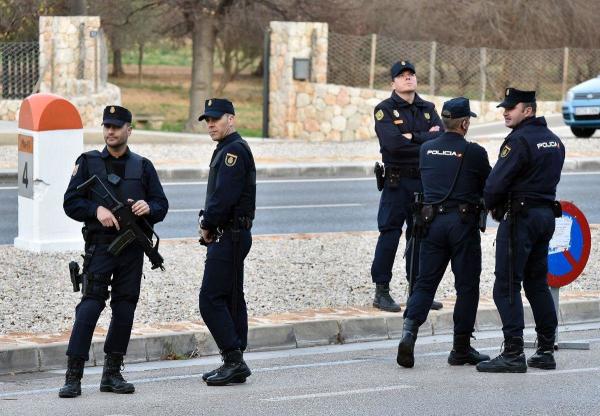
As of today, “The Pink Panthers” show no signs of slowing down or dying out.
There’ll be more to come, presumably.
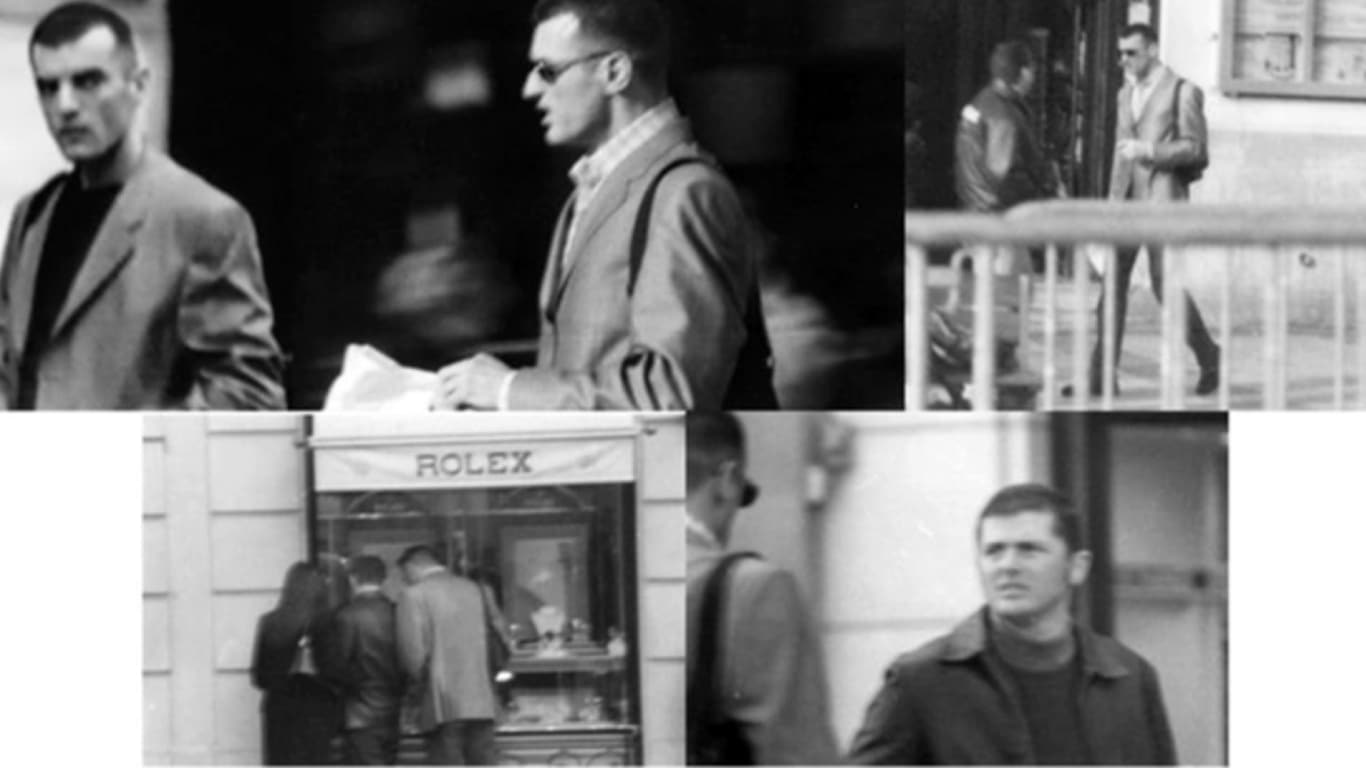









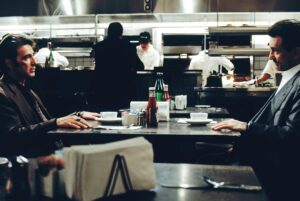



![[INTERVIEW] 'F1' Director Joseph Kosinski On The Upside Of Streaming & Sequels Starring Tom Cruise](https://www.bosshunting.com.au/wp-content/uploads/2025/12/INTERVIEW-F1-Director-Joseph-Kosinski-On-The-Upside-Of-Streaming-Sequels-Starring-Tom-Cruise-300x169.webp)
